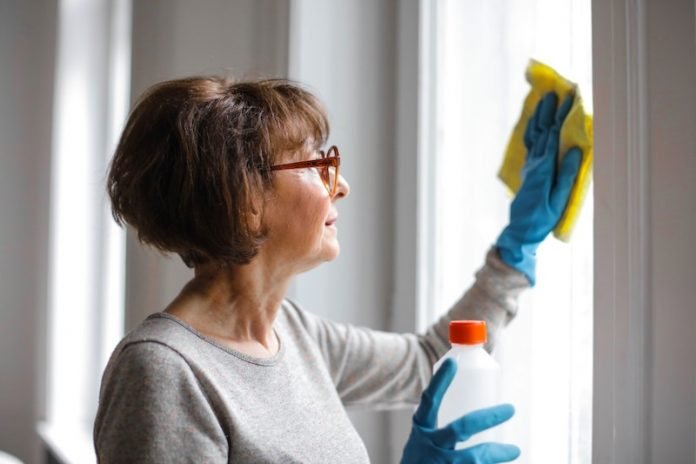
Too much sitting leads to an increased risk of heart disease, Type 2 diabetes, and other chronic illnesses, including depression.
To offset the severe side effects of a sedentary lifestyle, doctors recommend adults complete at least 150 minutes of moderate to vigorous aerobic exercise a week.
But scientists from San Diego State University found that doing lighter intensity daily activities such as household chores can strongly reduce the risk of stroke.
Light-intensity physical activity can include vacuuming, sweeping the floor, washing the car, leisure strolling, stretching, or playing catch.
The research is published in JAMA Network Open and was conducted by Steven P. Hooker et al.
In the study, the team measured both the amount of time participants were sedentary and the duration and intensity of physical activity in 7,600 adults ages 45 and older and then compared the data to the incidence of strokes in participants over seven years.
Study participants wore a hip-mounted accelerometer, a sensitive motion detector that precisely recorded physical activity and the duration of sitting and inactivity.
The team found those who were sedentary for 13 hours or more a day had a 44% increased risk of having a stroke.
They found that both physical activity and being sedentary independently impacted stroke risk. Our research demonstrates that strategies for stroke prevention should focus on both.
The findings are more potent because the activity and sedentary behaviors were measured with an accelerometer, providing substantially more accurate data than previous studies that relied on self-reported measures.
Even though smartphones and smartwatches valiantly attempt to motivate Americans to move more, a shocking percentage of adults don’t exercise enough.
The CDC reports only 23% of U.S. adults meet the weekly recommendations for aerobic and muscle-strengthening activity.
The team says if 10,0000 steps a day or closing an exercise ring on your watch seem out of reach, getting up and doing even ten minutes of light to moderate physical activity a few times throughout the day is an effective strategy in reducing the likelihood of having a stroke.
If you care about stroke risk, please read studies about an important cause of stroke, and this drug combo could protect your heart health, and prevent stroke.
For more information about health, please see recent studies about the key to surviving a stroke, and cases showing this antioxidant drug may protect against stroke and heart attack.
Copyright © 2022 Knowridge Science Report. All rights reserved.



